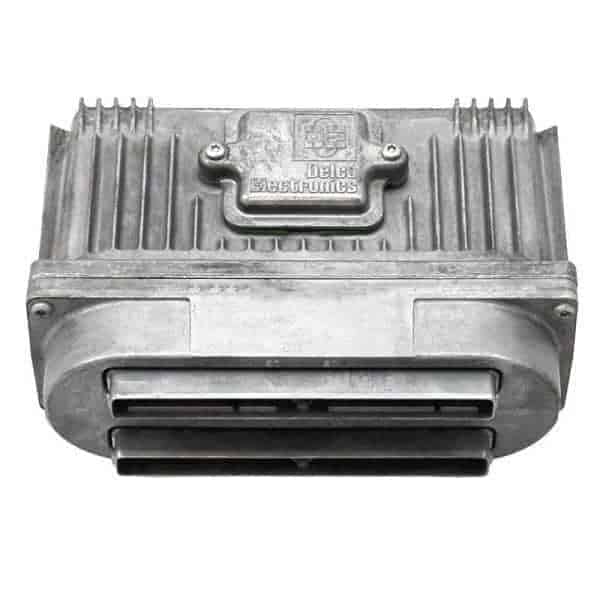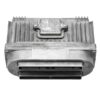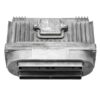Is Your 1996 GM Vehicle Running Rough?
If your 1996 Buick Skylark, Regal, Lumina, or another compatible GM model is experiencing perplexing issues like stalling, erratic shifting, a persistent check engine light, or a no-start condition, the root cause is often a failing Powertrain Control Module (PCM). As the central computer of your vehicle, the PCM is responsible for managing everything from fuel injection and ignition timing to transmission shift points and emissions controls. When it begins to fail, it can create a cascade of problems that are frustrating and difficult to diagnose.
This listing is for a direct replacement PCM, part number 16211539, which is fully compatible with service numbers 88963800 and 16231853. We take the guesswork out of the repair by programming the module specifically for your vehicle using your VIN. This ensures that all factory settings, including those for your specific engine, transmission, and options, are correctly loaded for a seamless installation.
Expert Pro Tip
Expert Pro Tip
Before replacing your PCM, always perform a thorough check of the vehicle’s battery, charging system, and all main power and ground connections. On these mid-90s GM vehicles, a corroded ground wire or a weak battery can cause voltage fluctuations that mimic the symptoms of a failing computer. A few minutes with a multimeter can save you from replacing a part that isn’t faulty. Check the main ground straps from the engine to the chassis and the negative battery cable connection points for any signs of corrosion or looseness.
Common Symptoms of a Failing 1996 GM PCM
- ✔ Persistent Check Engine Light (CEL) with various trouble codes.
- ✔ Engine stalling, stumbling, or misfiring for no apparent reason.
- ✔ Harsh or erratic automatic transmission shifting.
- ✔ Failure to communicate with a diagnostic scan tool.
- ✔ Drastic decrease in fuel economy.
- ✔ Intermittent no-start or hard-starting conditions.
- ✔ Inconsistent performance that worsens as the engine warms up.
Why Choose Our Programmed 1996 Skylark PCM?
Getting your vehicle back on the road shouldn’t be a complicated ordeal. Our process is designed to be straightforward and effective. When you order this 1996 Skylark PCM, you’re not just getting a part; you’re getting a comprehensive solution. We use your vehicle’s unique Vehicle Identification Number (VIN) to flash the module with the latest, most stable software updates available from General Motors. This critical step ensures the PCM communicates flawlessly with all other modules in your vehicle, restoring the original performance and reliability you expect.
This service eliminates the need for expensive trips to the dealership for programming. The module arrives at your door ready for installation. In most cases, the process is simple: disconnect the battery, unplug the old module, plug in the new one, and reconnect the battery. This plug-and-play convenience makes it an ideal solution for both seasoned mechanics and DIY enthusiasts.
Wide-Ranging Compatibility
This electronic control module is a workhorse for the 1996 GM lineup, fitting a wide array of vehicles equipped with the 3.1L (6-191), 3.4L (6-207), and 3.8L (6-231) engines. Please verify your part number and check the compatibility list below to ensure a perfect fit for your car or van:
- Buick: Century, LeSabre, Park Avenue, Regal, Riviera, Skylark
- Chevrolet: Beretta, Corsica, Lumina Car, Lumina Van, Monte Carlo
- Oldsmobile: Achieva, Ciera, Cutlass, Eighty Eight, Ninety Eight, Silhouette
- Pontiac: Bonneville, Grand Am, Grand Prix, Trans Sport
Frequently Asked Questions
Expert Pro Tip
Before replacing your PCM, always perform a thorough check of the vehicle’s battery, charging system, and all main power and ground connections. On these mid-90s GM vehicles, a corroded ground wire or a weak battery can cause voltage fluctuations that mimic the symptoms of a failing computer. A few minutes with a multimeter can save you from replacing a part that isn’t faulty. Check the main ground straps from the engine to the chassis and the negative battery cable connection points for any signs of corrosion or looseness.


